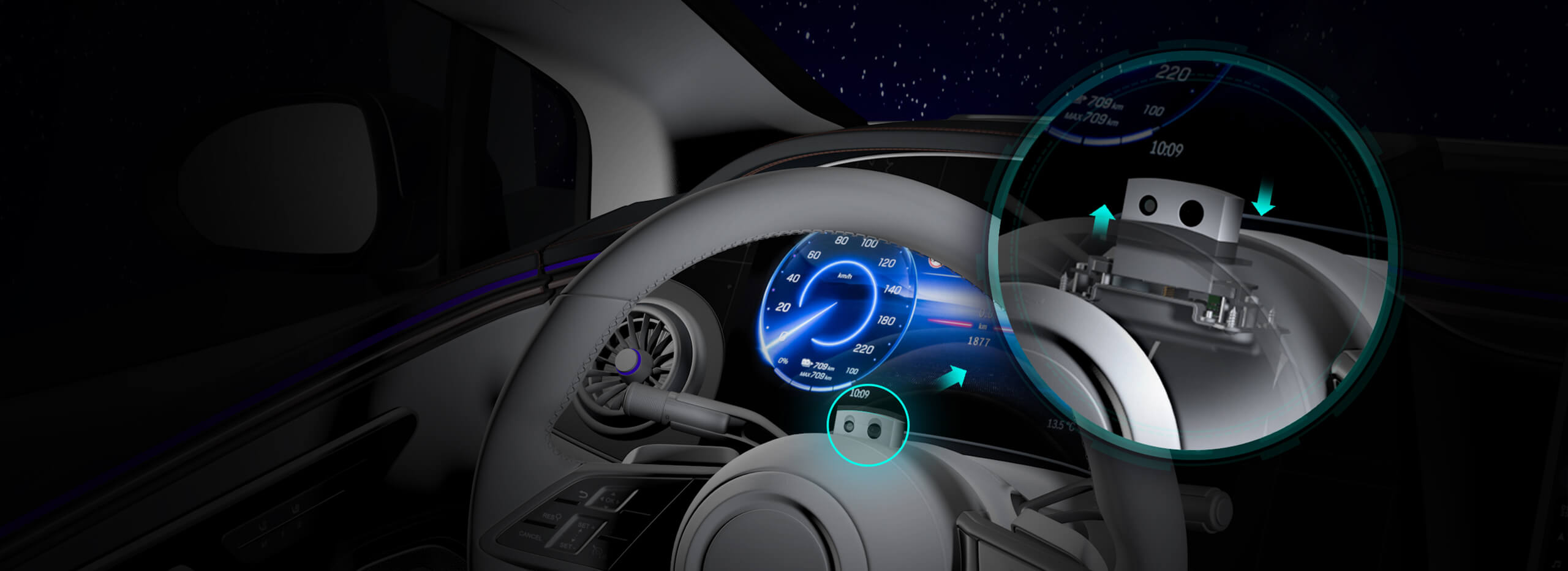Imagine you're tinkering away, dreaming up some cool robotics project, and suddenly, you realize that size really matters—especially when it comes to your hardware. That’s where the Arduino servo motor dimensions come into play. If you're thinking about picking the right servo for your build, understanding its measurements could be just the thing that makes or breaks your project.

You might wonder, “Why should I care about the physical size of a servo?” Well, it’s simple: space is often the enemy in tight cavities, compact robots, or wearable tech. If a servo’s dimensions are too big or unwieldy, it’s like trying to fit a square peg in a round hole. Choosing a servo with the right dimensions means your design stays sleek, functional, and even aesthetically appealing.
Most Arduino servo motors are designed with versatility in mind. The popular models usually hover around a compact 23 mm to 40 mm in width, 20 mm to 50 mm in length, and about 20 mm in height. These sizes are small enough to slip into a robot arm or drone frame without adding unnecessary bulk. But, you’ll find some specialty servos that are even more petite—perfect for tiny projects that demand precision without the weight penalty.
Thinking about a specific project? Let's say you’re designing an autonomous camera gimbal. You might lean toward a servo that’s on the smaller end because it needs to be lightweight, yet sturdy enough to handle movement smoothly. On the flip side, if you're working on a robot arm that needs to lift heavier objects, a larger, more robust servo—perhaps 40 mm by 50 mm—would give you the stability you crave.
People often ask, “Are smaller servos less powerful?” Not necessarily. There’s a balance between size and torque. Some compact servos pack a punch—adequate for miniature robotics—while larger models can deliver high torque, enough to turn heavier loads with ease. The trick is to match the dimensions with your project’s load requirements.
Also, beyond just the size, it’s good to pay attention to mounting options—holes, brackets, or shafts. Those details sometimes trip people up when fitting a servo into a custom design. The mounting holes’ spacing and orientation are usually calibrated to standard sizes, but double-checking ensures everything fits snugly.
What about durability? Do larger servos tend to last longer? Often, yes. They usually have bigger gears and more robust internal components. But size isn’t everything. Some smaller servos are built from high-quality materials that withstand stress just fine, which matters a lot when you’re working in tight, mobile environments.
The bottom line: pick a servo that balances size, power, and how it fits within your project’s constraints. Think about the space you have, the load you need to handle, and how much weight you're willing to add. Because sometimes, the smallest size can still carry the biggest punch, if chosen wisely.
Next time you’re staring at those technical specs or browsing options, remember—the right dimensions make all the difference. It’s not just about fitting in a space, but about ensuring your project performs flawlessly, smoothly, and with a little flair.
Kpower has delivered professional drive system solutions to over 500 enterprise clients globally with products covering various fields such as Smart Home Systems, Automatic Electronics, Robotics, Precision Agriculture, Drones, and Industrial Automation.




































